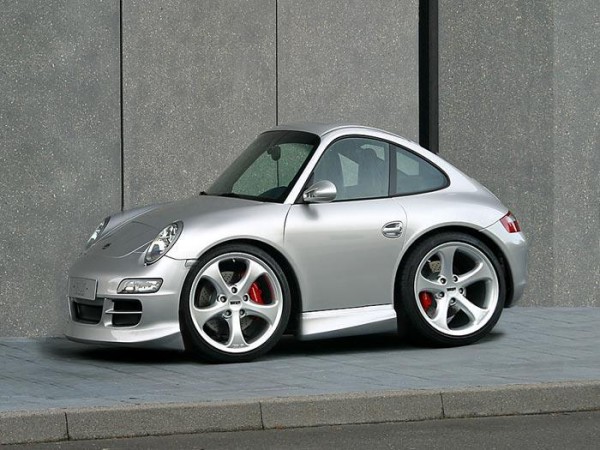Whatever one attributes to the cause of the growth of the small car market in both developing and developed markets, one cannot deny that auto consumers have turned to the small form factor for their private transportation needs.
Perhaps it was a global recession where many working class families never fully got back on their feet, or maybe it is due to a growing global conscientiousness about the effects of greenhouse gases and the need to cut down on them, even on an individual basis. Or, the surge in popularity could be attributable to the fact that with a recent downfall in oil prices notwithstanding, the price of fuel for our cars around the world has been steadily increasing over the years.
Whatever the case may be, it is clear that small, lower-priced cars – particularly the kind that is manufactured in Japan and increasingly in the US by the large, big-hitting manufacturers in those countries – are here to stay.
The Advantages
Before you take out a loan for van financing purposes, perhaps consider the advantages of owning a compact car – or even two – for personal and family use.Consider the fact of why people are globally clamoring to buy small cars in the first place.
They are typically cheaper, no-frills affairs that work very functionally to get you from point A to B with minimal fuss. This means that they are priced economically for larger consumption – although there are definitely variants that carry more bells and whistles and even larger sedan options that may not be considered compact, but still fit under the small car category. For a fraction of the price of a larger car, buying smaller cars is accessible for more people in the market because they are typically priced less. This is doubly true in developing countries.
Then, there is the fuel efficiency that hearkens back to a simpler era without all the extra weight safety features brought along, when the once-ubiquitous Datsun B210 boasted some 50 miles per hour on the highway. With hybrid engines increasingly being put to use in smaller cars, it is common to reach anywhere between 40-50 miles per gallon, which equates to more long-term savings.
Finally, there is the fact that the carbon footprint is reduced in a number of ways. Because there is less material going into the car, the manufacturing process is lower in greenhouse gas emissions. And because the cars are usually sleeker and more aerodynamic, carrying less weight, the fuel economy means less fossil fuel pollutants are being put into the air. This is an important factor for a growing number of consumers.
Their Impact
With more amenities being packed into smaller cars, people feel like they are getting a good deal. Perhaps that is why, over the past decade, compacts and subcompacts have accounted for double the sales than they did a decade ago in the US. In emerging markets like China, India, and even Mexico, sales for smaller cars are exploding like hotcakes. Bigwigs at major manufacturers like Ford are predicting that this shift is something that “doesn’t bounce back.”
As car makers are racing to develop new compact lines to entice consumers who want small cars, you can bet this trend will only continue upwards.









